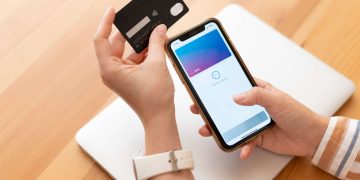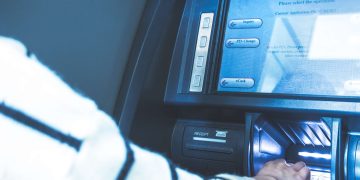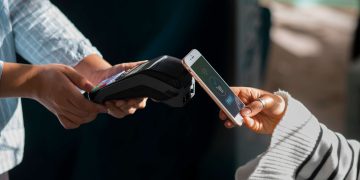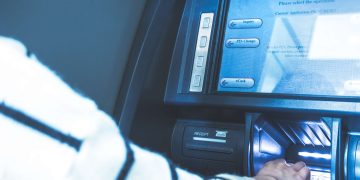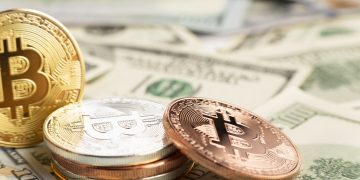Mobile payments are an increasingly popular way to accept in-person payments because they’re secure, fast, and convenient. In fact, global mobile pay volume is predicted to increase to $6 trillion by 2024.
What is mobile payment
Mobile payments are regulated transactions that take place digitally through your mobile device.
What is a mobile wallet
A mobile wallet is an app that stores your debit and credit card details so that you can pay for things digitally using a mobile device. To use a mobile wallet, a consumer can download a mobile wallet app on their phone and add debit or credit card information which will be stored securely. Most mobile wallets require thumbprint authorization, facial recognition authorization or other security measures in order to access the mobile wallet and pay.
How do mobile payments work
In stores, mobile payments are enabled by a technology called NFC, which stands for “near field communication.”
What are the benefits of mobile payments
Mobile payments are secure, fast, and convenient.
What’s the future of mobile payments
Because of their enhanced security features and convenience, mobile payment adoption will continue to increase.
What are mobile payments
Mobile payments (which encompass mobile wallets and mobile money transfers) are regulated transactions that take place through your mobile device. That is, instead of paying for stuff with cash, cheques, or physical credit cards, mobile payment technology allows you to do so digitally. Mobile payments can be used in a “peer to peer” context or for paying at a brick-and-mortar business. In a peer-to-peer mobile payment, you could be making an e-transfer via your bank to, say, pay a friend back for dinner or someone on Craigslist for a piece of furniture. In a mobile payment at a brick-and-mortar business, you’re using an app on your mobile device—instead of cash or a card—to pay for specific goods or services at the checkout counter. In this instance, the business would need a specific type of point-of-sale device (which we get into below) to process the transaction.
But nothing the copy said could convince her and so it didn’t take long until a few insidious Copy Writers ambushed her, made her drunk with Longe and Parole and dragged her into their agency, where they abused her for their projects again and again.
Far far away, behind the word mountains, far from the countries Vokalia and Consonantia, there live the blind texts. Separated they live in Bookmarksgrove right at the coast of the Semantics, a large language ocean. A small river named Duden flows by their place and supplies it with the necessary regelialia. It is a paradisematic country, in which roasted parts of sentences fly into your mouth.
What is a mobile wallet
A mobile wallet is essentially a digital wallet on your phone. In a mobile wallet app, you can securely add and then store the bank details associated with your debit or credit card (some mobile wallet apps allow you to add more than one card). So instead of using your physical card to make purchases, you can pay via your mobile device. If you want to accept mobile wallet payments at your business, you need to have a point-of-sale system that’s equipped with the technology that can process the transaction.
Mobile wallet technology
The technology that underpins mobile wallet payments is something called NFC, which stands for “near field communication”. NFC is what enables two devices—like your phone and a payments reader—to communicate wirelessly when they’re close together (that’s where the “near” part of NFC comes in). Typically, a mobile device has to be two inches or less from a reader to process the payment.
NFC is actually a subset of something called RFID (radio-frequency identification), a technology that allows us to identify things through radio waves. RFID is nothing new—it’s been used for decades for things like scanning items in grocery stores and luggage on baggage claims.
Contactless payments have gained significant traction, and more businesses are beginning to accept this secure form of payment.
Mobile wallet adoption
From messaging to transportation apps to health monitoring, we’re using our phones more and more to take care of day-to-day life. So it’s no surprise that we’ve seen a proliferation of mobile payments apps in recent years. A 2020 Accenture Driving The Future of Payments Report found that 68% of Gen Z consumers are interested in instant person-to-person payments – more than any other age group.
Mobile wallet companies
There are a variety of companies that offer mobile payments apps. But the most popular are Apple Pay (Apple’s mobile payments solution) and Google Pay (Google’s mobile payments solution). If you have a more recent model of an iOS or Android device, chances are it can support a mobile payments app. On the merchant side of the equation, Square offers a payments processor and system that can accept mobile payments. All you need to start accepting Apple Pay and Google Pay at your business is Square’s mobile payments reader and your mobile device. (Check here to see if your device is compatible—most new iOS and Android models are).
What are NFC mobile payments
NFC, or “contactless,” payments are payments that occur in person between a mobile device and an equipped payments processor. To make a contactless payment, you need to have a mobile wallet app on your device, or use a contactless-enabled credit or debit card (learn how to check if your card is contactless enabled here). And to accept an NFC mobile payment at your business, you need a payments reader.
Contactless payments are as secure as EMV chip card payments but have some upsides when it comes to usage and speed.

